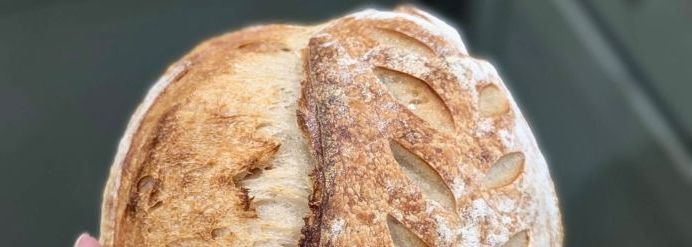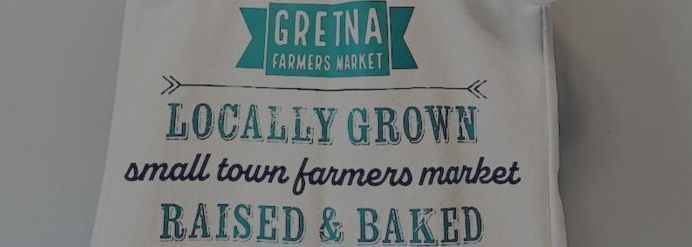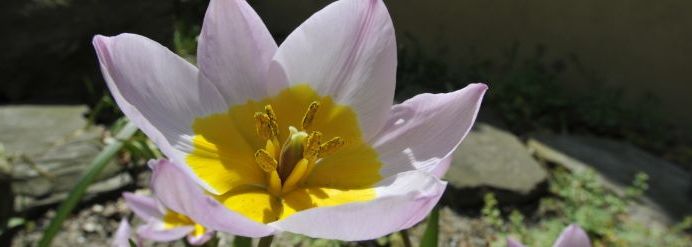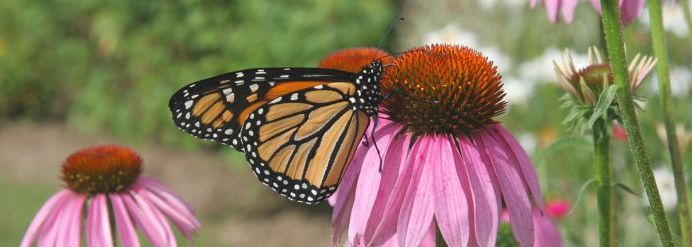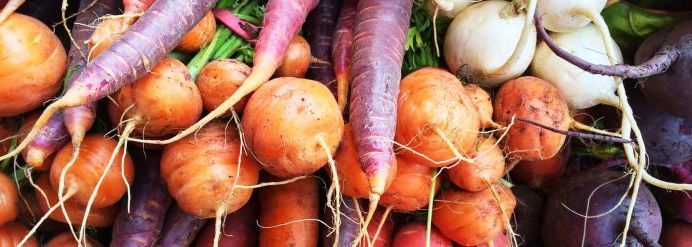Trees are a beautiful part of our landscape, and they play a crucial role in our ecosystem. From the tiny seed that sprouts underground to the towering tree that provides shade, food, and oxygen, trees undergo quite a transformation throughout their lives. Understanding their lifecycle helps us appreciate the vital role they play. Let’s look at the stages a tree goes through as it grows, thrives and eventually contributes back to the earth!
We hope to see you at the last Gretna Farmers Market of the season this Saturday from 8 a.m. to noon!
Stage 1: Seed
The lifecycle of a tree begins with a seed, as do all plants. Seeds can be dispersed in various ways—by wind, animals or water—ensuring they have the opportunity to grow far from their parent tree. Once a seed finds itself in favorable conditions, it enters a period of dormancy, waiting for the right combination of moisture, temperature, and soil nutrients to germinate.
When the right conditions are met, the seed absorbs water, causing it to swell and break open. A tiny root, known as a radicle, emerges and begins its descent into the soil, establishing the foundation of the tree’s root system. Simultaneously, a shoot (plumule) begins to grow upward, seeking light.
Stage 2: Seedling 🌱
Once the seed has germinated and established a basic root system, it enters the seedling stage. At this point, the tiny plant begins to grow leaves, which allow it to carry out photosynthesis. Photosynthesis, the process through which plants convert sunlight into energy, is crucial for the seedling’s growth.
Seedlings are vulnerable during this phase of development, as they must compete for sunlight, water, and nutrients with other plants. They are also more susceptible to damage from pests, disease, and environmental factors like drought or frost. However, with a stable environment and sufficient resources, the seedling will continue to grow into a stronger, more established tree.
Stage 3: Sapling
As the seedling matures, it becomes a sapling. This is the young tree stage, typically defined by its small size and flexible trunk. The tree continues to develop its root system and produce more leaves, allowing it to photosynthesize more efficiently. It also begins to grow a stronger trunk and branches to support its increasing size.
During the sapling stage, the tree remains highly focused on growth. It may grow several feet in height each year, depending on the species. In this stage, the tree’s bark begins to develop, helping protect it from external threats like insects, fungi, and weather conditions.
Stage 4: Mature trees
The mature tree stage occurs when the tree reaches its full height and begins producing seeds. Depending on the species, this stage can occur anywhere from a few decades to over a century after the tree first germinates. At maturity, the tree has a fully developed canopy, a thick trunk, and a widespread root system.
A mature tree plays a vital role in its ecosystem. It produces oxygen, absorbs carbon dioxide, and provides food and shelter for countless species of animals, insects, and fungi. Trees at this stage also contribute to soil health and water retention, stabilizing the surrounding environment.
Stage 5: Senescence
Even the mightiest trees eventually begin to decline. This stage, known as senescence, occurs as the tree's ability to grow and regenerate slows down. Older trees may become more susceptible to diseases, pests, or environmental stresses like drought or storms. Branches may die off, and the tree’s overall structure may weaken.
Though the tree may no longer be growing vigorously, it still plays a crucial role in the ecosystem. Dead branches provide habitats for birds and insects, while the decaying wood enriches the soil, returning essential nutrients to the ground. In death, a tree continues to contribute to the life cycle of the forest.
Come to the Gretna Farmers Market this weekend
The lifecycle of a tree is a remarkable journey. Understanding their lifecycle helps us appreciate their importance to the environment we all share. Come on down to McKenna Ave in Gretna, Nebraska for the last Gretna Farmers Market of the season! It’s going to be the best one yet! We’ve had such a great season, and already cannot wait for next year! Here is parking and directions for those who need it!







